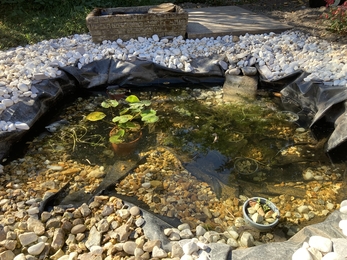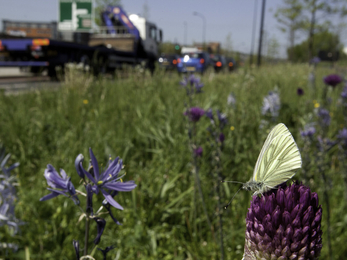Many of us know how we can make changes to help wildlife as individuals, at home, in our gardens – some of our previous blogs have some great suggestions to help get started.
But sometimes our small actions can feel like they won’t make much difference. However, added together, individual and community efforts can build a thriving network of habitats for plants, animals and insects, in both urban areas and the countryside.
The ‘Lawton Report’, published in 2010, was an independent review of England’s wildlife sites and has had a huge impact on national policy since publication. It continues to influence the Government’s 25 Year Environment Plan today, calling for a step change in how we approach wildlife conservation. One of the key recommendations has almost become a mantra for nature restoration and conservation: “More, bigger, better, joined”.
More – create new spaces for wildlife to thrive.
Bigger – extend existing areas which are currently used by wildlife.
Better – improve the way areas are managed to make them even better for wildlife.
Joined – connect sites together by creating wildlife corridors or ‘stepping stones’.
Although the report was looking specifically at existing designated sites, recognised nationally or at a county level for their importance for nature conservation, these same principles apply to the spaces we make for wildlife in our own local areas. While individual wildlife-friendly gardens are good, the benefits for wildlife within them increase more rapidly if they are connected with other wildlife-friendly spaces nearby. These then form a network of habitats which can provide a range of different resources.
Most animals and insects need lots of different resources at different times of year and for different parts of their lifecycle. Thinking about how habitats can connect and be linked together so that they can access the resources they need is really important. It’s not necessary for one small space to provide absolutely everything either, if it can be connected to other areas which provide different resources.













